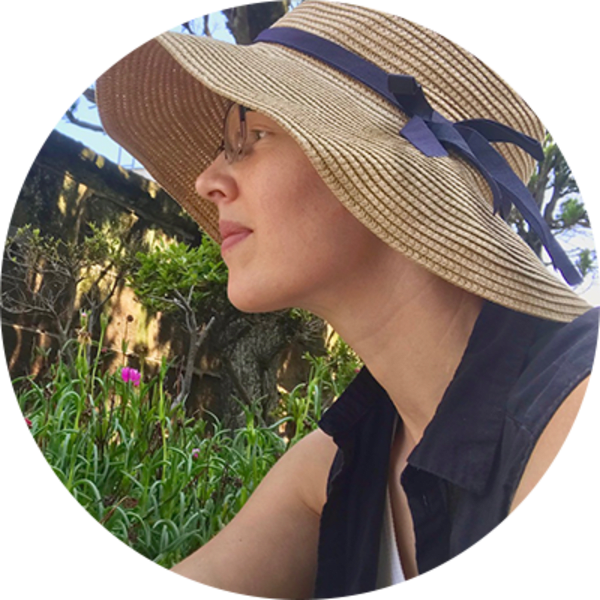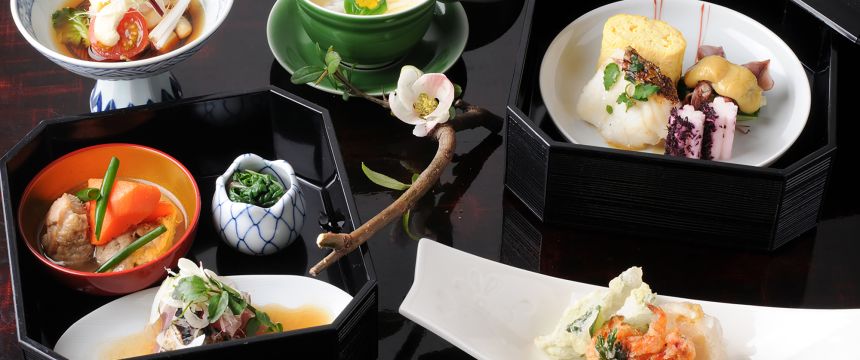Yamanouchi, Nagano Prefecture / Fukuroi, Shizuoka Prefecture / Akaiwa, Okayama Prefecture / Uwajima, Ehime Prefecture – Nationwide

Stretching more than 2,000 kilometers north to south, and with diverse geographical features resulting in varying climates, it’s no surprise that Japan produces a variety of fruits. From apples, peaches, and grapes in cooler areas to mandarin oranges, mangoes, passion fruit, and more in warmer regions, the country is a veritable fruit salad. But beyond the climate, it is the human story behind the scenes that has resulted in headline-grabbing luxury produce.
As you travel across the archipelago, take the time to discover its range of offerings. You’re sure to be surprised at the size, flavor, and beauty of what you find. At the source rather than a Tokyo department store, the products are also very affordable—so there’s nothing stopping you from sinking your teeth into Japanese fruit.
Enjoy Apple Delights in Nagano
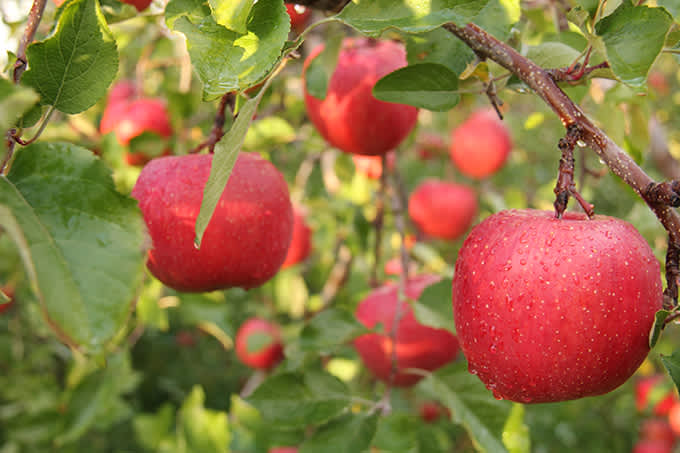
Enjoy delicious Japanese apples by visiting an orchard in Nagano, where you’ll have the chance to pick and taste your chosen fruit at its freshest, you can even put aside a few for later in some orchards. It is a wonderful opportunity not only to savor some of Japan’s most famous apples, but also to get to know the farmers whose expertise and loving care nurture its growth from blossom to ready-to-eat ripe fruit.

Warm days and cool nights make Nagano Prefecture the perfect place to grow fruit.
In Yamanouchi, the northern region of the prefecture, prime temperatures and the clear spring water from Shiga Kogen combine for even finer results. The area is known for growing a variety of fruits, including cherries, grapes, and peaches, but its apples are considered the best of the best.
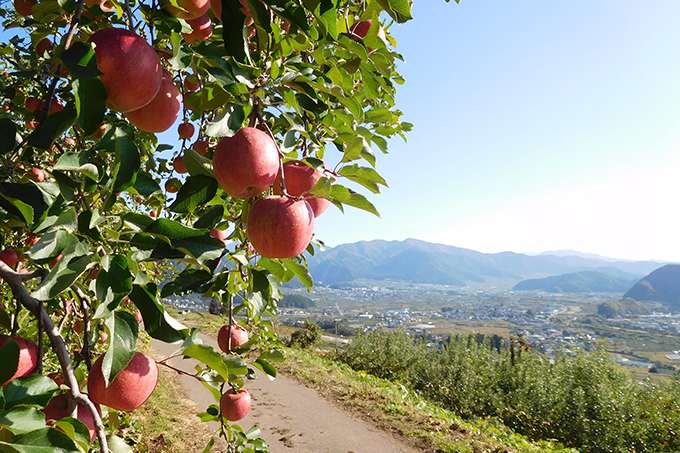
Beginning in mid-September and continuing well into November, an abundance of apples ripens in the orchards that dot Yamanouchi. Though the apples consist of various cultivars, Sun Fuji (also called San Fuji) in particular stands out. Said to be the most popular apple variety in Japan, Sun Fuji is a domestically developed cultivar that produces large, dense, and crisp fruit that has a delightful aroma and a delectable balance of sweet and sour.
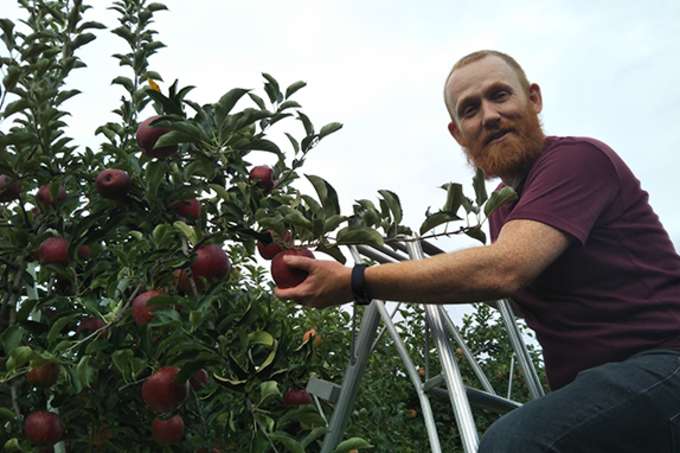
Bite into a Sun Fuji plucked straight from a tree with your own hands. Many orchards in Nagano Prefecture offer apple-picking, and you can also organize a private apple-picking tour with Snow Monkey Resorts Tours that combines fruit picking with a visit to the famous Jigokudani Yaen Koen (Snow Monkey Park). Enjoy the fresh air and fruit, and pick up jellies, jams, and juices at direct-sales offices for tasty souvenirs to take home. A single bite is all it takes to understand just why Sun Fuji holds such a special place in the hearts of the Japanese.
Discover Shizuoka’s Melon Royalty: Crown Melon
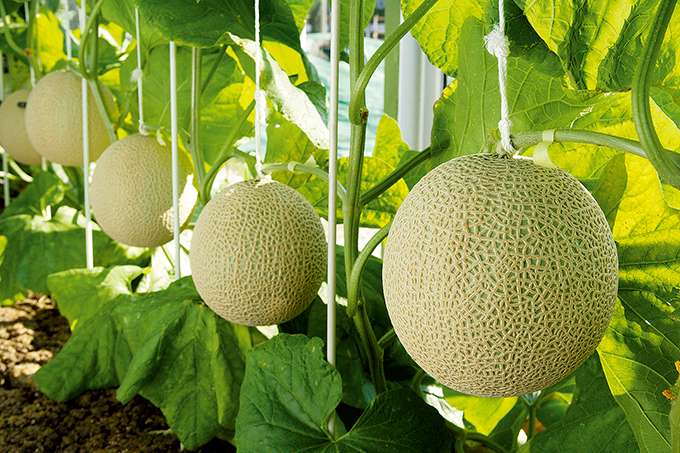
Bite into a slice of Crown Melon and you’ll be enjoying fruit fit for a king. The brand of muskmelon cultivated in the Enshu region of Shizuoka has been presented to the Japan’s Imperial Household.
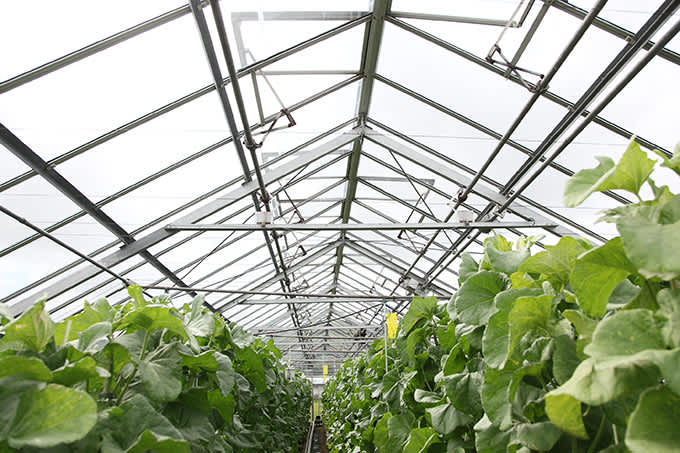
Fukuroi city is the capital of Crown Melon cultivation, and there you’ll find glass greenhouses dedicated to growing this melon variety descended from the Earl’s Favorite cultivar, which was imported from the UK during the Taisho Period (1912–1926). Local farmers have dedicated their lives to taking the melons from average to amazing.
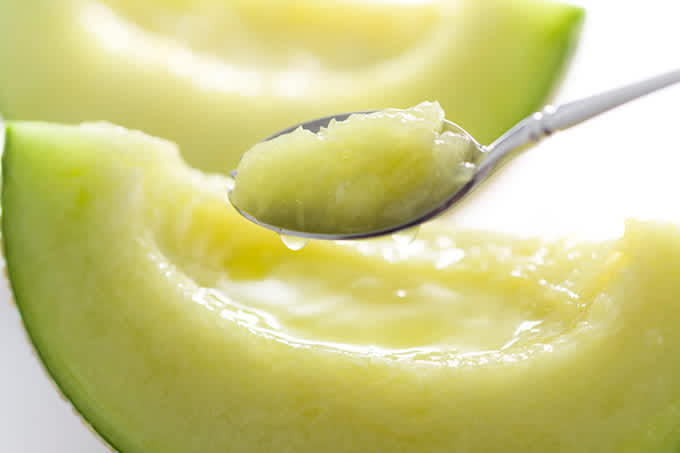
They work their magic in greenhouses, where Crown Melons are grown on raised beds. Between these beds and the enclosed environment, farmers are able to control fertilizer, water, temperature, and humidity—elements which affect everything from the size and flavor of the finished fruit to the netted pattern on its surface.
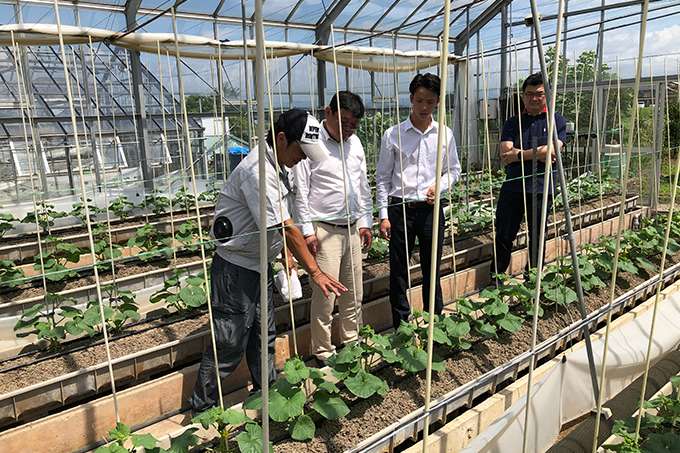
Learn the ins and outs of Crown Melon cultivation by exploring greenhouses in Fukuroi —and don’t forget to act suitably regal while enjoying a slice of melon befitting royalty.
Satisfy a Passion for Peaches in Okayama

They don’t call Okayama Prefecture the Fruit Kingdom for nothing. The area’s mild climate makes it an ideal place for growing a number of fruit crops, including grapes, strawberries, and, most notably, white peaches. Said to have the best flavor in Japan, Okayama’s white-fleshed peaches are mouth-wateringly fragrant with an exquisite sweetness.

Peach-growing in Okayama is a labor of love, with each peach carefully covered in a small bag to protect the fruit as it grows. Covered, they ripen while maintaining a soft skin so the whole fruit is succulent.

Visit the prefecture, also known for its high number of sunny days, from late June until late August to snack on peaches or try picking them at local orchards such as Tomomien Fruit Farm in the city of Akaiwa. You’ll find a variety of plans available, including ones where you can eat peaches on the spot, as well as ones that allow you to take some with you for later.
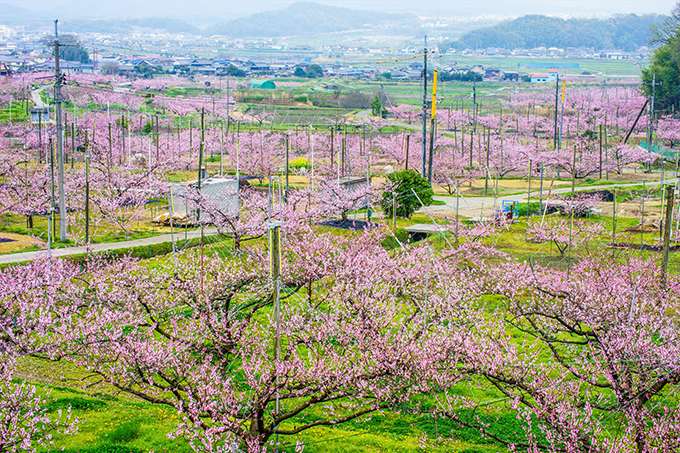
For an extra peachy treat, breathe deeply while exploring the orchards of Okayama and luxuriate in air awash with the soft, sweet fragrance of fruit.
Fill Your Basket with Mandarin Oranges in Ehime

Terraced fields of satsuma mandarin oranges overlook the Uwakai Sea in Ehime Prefecture, on the southwestern coast of Shikoku. Ehime is a major producer of satsuma mandarins, and the Maana area in Uwajima is particular famous for its fantastic fruit.
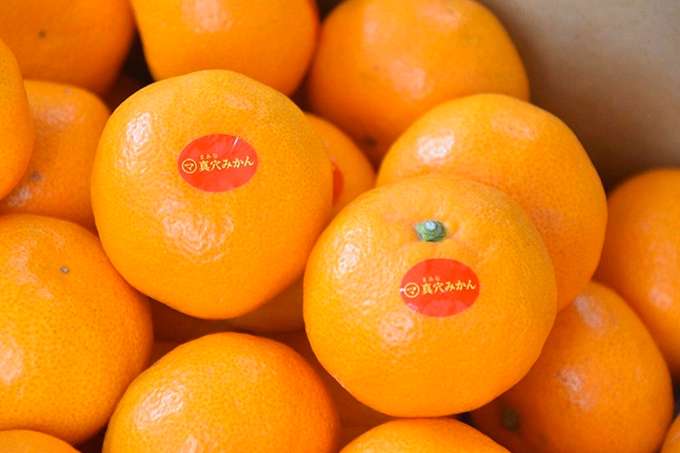
The secret to the Maana mandarin’s quality is sunlight, which comes from three sources: above, reflected off the nearby sea, and reflected off the stone walls. Combined with well-drained fields, the expertise of farmers, and rigorous standards to protect the quality of the Maana brand, this abundant sunshine makes for mandarins destined for deliciousness.

Discover for yourself the splendid taste and exceptional texture of Uwajima’s mandarins by visiting one of the area’s orchards. Whether you arrive by car, or via train to the town of Yoshida, as the Uwakai Sea comes into view you will be greeted by the sight of steep mountain scenery clad in mandarin orchards. It truly is a marriage of man’s endeavor and natural beauty worthy unlike anywhere else in the world.
At Minami-Shikoku Farm you can enjoy Ehime’s prized fruit, and of course these are orchards prepared with visitors in mind, so there is no steep terrain to stop children or the elderly from enjoying the fun.

Japan is a food-lover’s paradise, with regional specialties at every turn. Not to be lost among the seafood and branded beef is the incredible variety of fruit meticulously grown by dedicated farmers. No matter where you travel in Japan, you’re never far from a superbly sweet, exquisitely fragrant treat. As you journey across the archipelago, seek out its fruit, and savor the luscious flavors of Japan’s sweetest harvests.
Contact Information
Snow Monkey Resorts
1382 Oazahirao, Yamanouchi, Shitakai, Nagano Prefecture 381-0401
Crown Melon Head Office
219 Oyama, Fukuroi-city, Shizuoka 437-0056
Tomomien
218-1 Kamiichi, Akaiwa-shi, Okayama 709-0817
Minami-Shikoku Farm
612-1 Okimura-ko, Yoshida-cho, Uwajima, Ehime Prefecture 799-3751
How to Get There
Snow Monkey Resorts Tours have in office right by Nagano Station, but you should get in touch in advance for all enquiries related to private fruit picking tours. To reach the apple-producing region from Tokyo, first travel to Nagano Station by Hokuriku Shinkansen (about 80 minutes).
Crown Melon’s head office is located in Fukuroi city, in southwestern Shizuoka Prefecture, about 12 minutes by taxi from Fukuroi Station. It takes about two and a half hours to reach Fukuroi Station from Tokyo by Shinkansen and local trains.
Tomomien Fruit Farm is located in Akaiwa, Okayama Prefecture. First travel to Okayama Station either by Shinkansen (about four hours from Tokyo) or by bus from Okayama Momotaro Airport (about 30 minutes). Tomomien Fruit Farm is about 50 minutes by bus from Okayama Station. If traveling by car, Tomomien Fruit Farm is 15 minutes from the Sanyo Interchange on the Sanyo Expressway.
Minami-Shikoku Farm is located in Uwajima, Ehime Prefecture, on the southwest coast of the island of Shikoku. To reach the farm, first travel to Matsuyama Airport, which is serviced by direct flights from many domestic airports. Next take a shuttle to Matsuyama Station and then board a Yosan Line limited express train to Iyoyoshida Station. From the station, it is a short taxi ride to the farms. The trip from airport to farms takes under two hours via car.
Recommended Itineraries
While in northern Nagano, enjoy the prefecture’s pristine nature by hiking Shiga Kogen. Or, head to Jigokudani Yaen Koen to see if you can spot bathing monkeys.
In addition to Crown melons, Fukuroi is also well known for green tea cultivation. Drop by Kaori-no-Oka Chapia to enjoy locally grown tea and, depending on the season, try your hand at tea picking and rolling.
Not far from the city of Akaiwa is Kurashiki, a town rich with history. Float lazily down Kurashiki’s canals or wander its streets while admiring the town’s white-walled traditional houses.
Five times a year, Uwajima holds tournaments at the Uwajima City Bull Sumo Arena. Don’t miss the chance to watch two enormous bulls lock horns and push each other around. Should you find yourself in Matsuyama waiting for a train or flight, be sure to visit Dogo Onsen hot spring, one of Japan’s oldest and the inspiration for the bathhouse in the Studio Ghibli film Spirited Away.
Related Links
Yamanouchi Town Tourism Association (English)
Snow Monkey Resorts, Fruits of Nagano (English)
Fukuroi City Tourism Association
Okayama Prefecture Official Tourism Guide (English)
Uwajima City Official Sightseeing Guide (English)
Minami-Shikoku Farm (Japanese)
-
Author
Author: Helen
Helen hails from a small town in Central Canada. Shortly after completing an honors degree in history, a desire to study karate in its birthplace drew her to Japan. Since arriving in 2006, she has earned her second dan in Goju-ryu karate, fallen head-first into Japanese culture by way of cross-cultural marriage, and written about Japan for a variety of publications. She loves traveling by Shinkansen, curling up under a heated kotatsu blanket, and eating anything with mochi.
All information is correct as of the time of writing.
Please check for the latest information before you travel.




















































